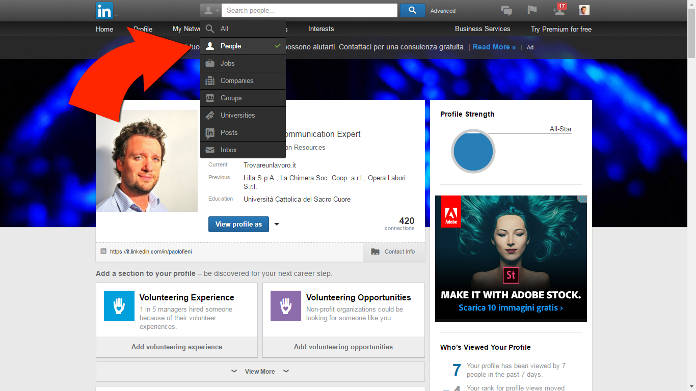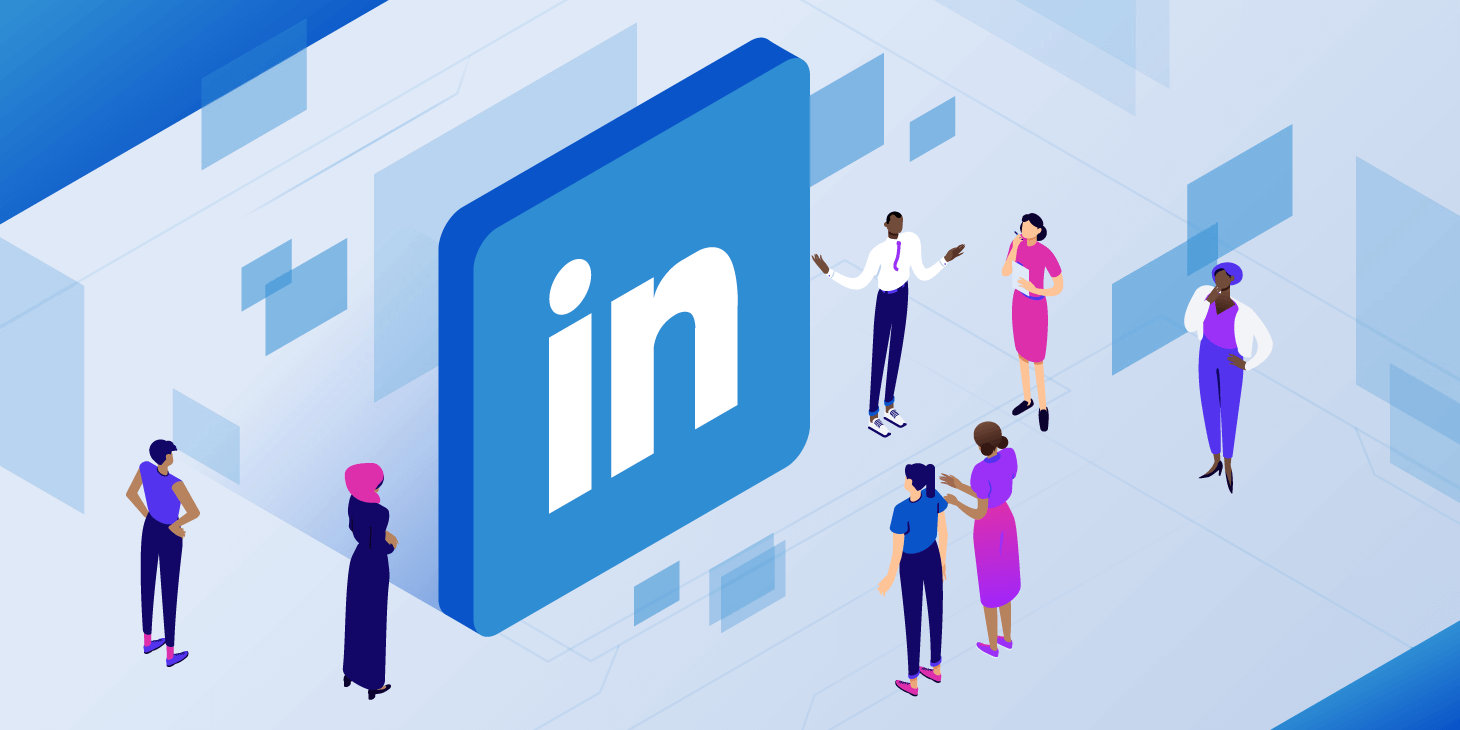If you are looking for a job, you probably know that it would be useful to have some connections within the company you want to apply to a “sponsor”, a key person, “confidential” information that would offer your application the opportunity to stand out among the others.
But you also know it’s easier said than done. If you don’t have friends or family who can help you “step in”, how do you think you can do it?
Of course, with stalking. But not in the sense of “I have always loved you and one day you will be mine”. What I mean is: you have to jump into the fray and actively seek out contacts (even potential ones) who might help you. And you need to be smart and resourceful to get them.
Fortunately, there is a great place to do all this (legally): LinkedIn. Which doesn’t just offer a collection of job postings, and it’s not just a place to organize your contacts. LinkedIn offers many tools for gathering valuable information. All you need is a little originality and some investigative skills. Here’s how to get started:
Find the “infiltrators”
Before replying to a job posting, head over to LinkedIn, and run some research (using the people function in the top menu).

By entering the name of the company, try to see if someone who belongs to your “extended” network works there (or better still is a recruiter, a function manager, is part of human resources, or is a person influential). What if it actually is? Well, start a conversation now.
Avoid “ambushes” by sending your resume on the first contact. It’s for rookies (as well as annoying). Rather, compliment this person by sending a note on why you like that company and ask if they would like to answer a few quick questions about their work (make sure you already have these questions if they say yes). The goal is to create a relationship with this person before saying “ah, by the way, I noticed that your company is hiring an Area Manager. Could you tell me someone within the company who can answer a few questions about the position? “.
Imagine that this person gives you the name of the recruiter, you could reach out to this second person and say “I talked to P.F. and it was he who gave me your name (perhaps giving your name) regarding the position of Area Manager “. You have just transformed yourself from a potential-email-faceless-voice-story to a person who has an internal contact within the company. And this is, believe me, a very, very good thing to gain some healthy attention.
Camouflaged
Never send a generic “I’d like to join your network” on the first contact to a Human Resources officer or HR manager. Rather, when you find someone who can represent a vital contact for you within a company you wish to work for, try to communicate that you are already in contact, for example by leveraging Linkedin Groups. How?
Open his profile, scroll through it, take a look at the groups he is subscribed to. If you are not yet a member of these groups, start joining them, and when you are both members, you will be able to email this person directly, even if you are not directly in contact (note that other users can not come to the knowledge of when you joined the group. You may have signed up only 2 minutes before … to “stalk him”, in fact).
Then, send a message that sounds more or less: “Hi, we are both members of the ABC group. I saw that you are a Product Manager for company X and I would very much like to know more about how you started your career “.
There is a lot of strength in saying “we are part of the same group”. Explaining it immediately creates a sense of belonging and makes the other person feel safe, removing any thought of a possible “trap” placed by a stranger who is looking for work.
Again, don’t send your resume and don’t say you’re looking for a job on your first contact: the goal is simply to start a conversation.

“Follow” your interviewer
Everyone loves to talk about themselves. That said, use Linkedin to your advantage before an interview or, in general, before meeting a new person.
Study the profile of whoever you are about to meet. Write down the most relevant news and hypothesize some questions that are consistent with his personal background, so that he can develop the conversation during the interview. You could offer some compliments (“I have read the article published on XYZ. Very interesting and clear. Congratulations.”), Clearly communicate that you have “done your homework” (“So I seem to have understood that the last product you launched…”), And thus begins to build a good relationship.
Continue the work you started through LinkedIn by reading the biographies of companies and people described on company websites, and everything else that can be useful for gaining specific and detailed knowledge about the company.
Examining some key elements from the beginning of the interview – especially those that relate your professionalism with the characteristics of the company – can do nothing but good.
So, start stalking the people that matter (when will anyone ever authorize you to do that again?). It is the first step to get that advantage you need, and hopefully to get the job later too.



There are no comments